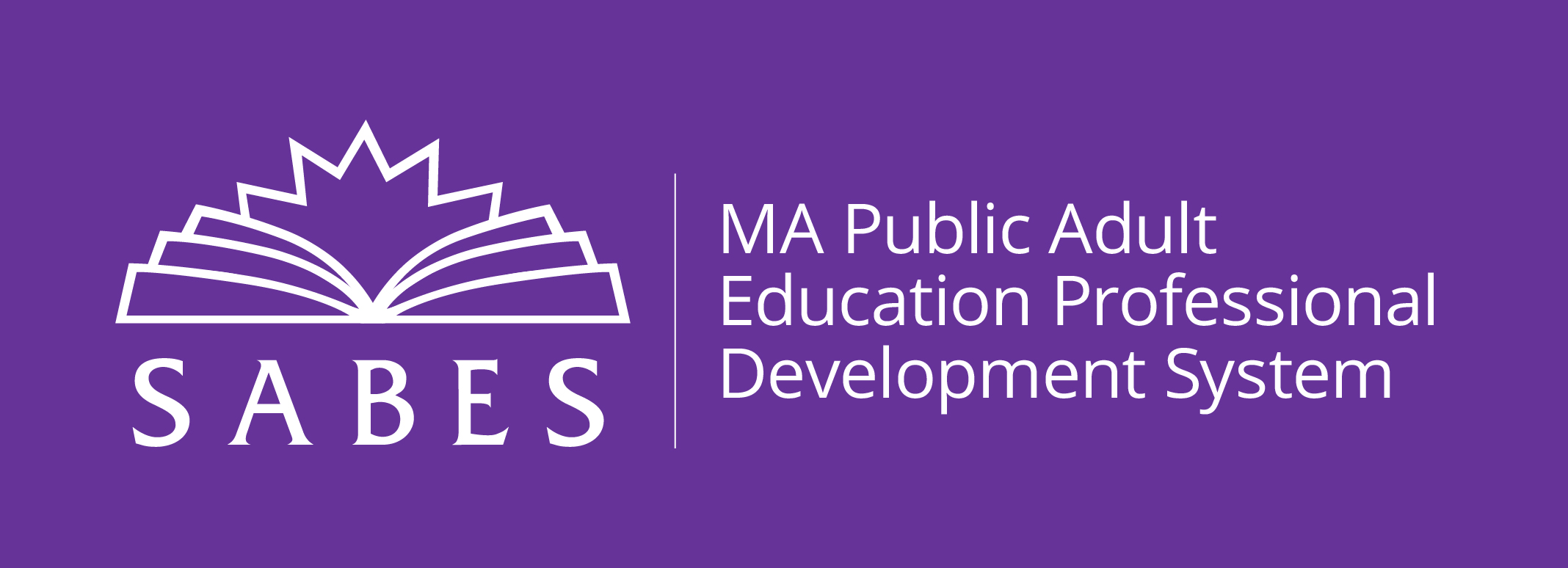Culturally Responsive and Sustaining Teaching (CRST) is not simply a set of strategies or a sprinkling of cultural references into the classroom. It is an education philosophy centered on learners’ cultures and identities with the goal of learners’ academic success, cultural competence, and socio-political awareness.
Becoming a Culturally Responsive and Sustaining ESOL Teacher is an ongoing process through which we learn, apply what we learn, make mistakes, reflect, and learn more. In the wise words of Maya Angelou: Do the best you can until you know better. Then when you know better, do better.
To approach teaching in a culturally responsive and sustaining way, consider doing the following:
1. Cultivate an inclusive and equitable classroom environment.
- Include visual representations of your learners’ cultures around your classes (e.g., art, photographs, maps, flags).
- Have routines that encourage socializing and community building (e.g., conversation starters, getting-to-know-you games, snack breaks).
- Learn your students’ names and pronounce them correctly; encourage classmates to learn and use one another’s names.
- Get to know your students as individuals—their interests, identities, communities, and current circumstances—and share about yourself.
- Visit the communities where your students live.
- Learn about the history, current events, geography, and cultures of your students’ countries of origin.
- With students, set ground rules for the class so that all identities and cultures are welcome and respected.
2. Recognize students’ linguistic and cultural identities as assets.
- Invite and encourage students to write or speak from their multicultural funds of knowledge and experience.
- Learn and use some words in your students’ other languages.
- Dispense with the “English only” rule in class; encourage learners to speak their other languages when they need to (e.g., to translate instructions, communicate with classmates, write a first draft, etc.).
- Highlight the positive aspects of students’ cultures to show the victories and contributions.
- Share success stories of immigrants and people from other countries.
3. Include diverse instructional content and materials.
- Include materials created by people from various cultures, particularly those of your students.
- Ask students for recommendations for writers, books, films, performers, and speakers from their cultures, and work them into your lessons.
- Provide diverse perspectives of U.S. culture, including those from historically marginalized or under-represented groups and English speakers with various ways of speaking English.
4. Hold high expectations for learners’ academic achievement, critical thinking, and sociopolitical consciousness.
- Engage learners in complex ideas, texts, and language, supporting them in critical thinking and communication.
- Provide supports that learners need to accomplish complex tasks successfully (e.g., explicit language instruction, ample opportunities for practice, scaffolding).
- Encourage learners to embrace productive struggle and risk-taking as opportunities for learning and success.
- When teaching about U.S. culture and history, include materials and discussions about power and privilege, systems of oppression, equity, representation, and discrimination.
- Become skilled at facilitating complex, sometimes difficult, conversations, knowing that these conversations are necessary for adult English learners and immigrants to navigate systems of power in their lives and to become agents of change in their communities.
5. Challenge yourself to be more self-aware of your cultural biases and beliefs and how these might inform your teaching.
- Critically assess how your culture, assumptions, and beliefs affect your worldview and approach to teaching.
- Be open to looking at areas of potential implicit bias in yourself that might influence your instruction or interactions with students; commit to making any necessary changes.
- Be transparent with learners about your teaching choices and welcome their ideas.
- Look critically at any power differential between yourself and your students and identify strategies to mitigate any negative effects on classroom dynamics.
- Pursue professional and personal development on how to be a more effective culturally responsive and sustaining teacher and apply your learning into practice.
Sign up for this workshops on CRST:
- How to Create a Culturally Responsive and Sustaining ESOL Classroom
Opens 5/31/2023, 8:00 a.m.
Virtual Session 1 - 6/7/2023 - 1:00 pm - 3:00 pm
Virtual Session 2 - 6/14/2023 - 1:00 pm - 3:00 pm
This four-part workshop explores the what, why, and how of Culturally Responsive and Sustaining Teaching (CRST) in the ESOL context, with an emphasis on the how. Teachers will leave with an understanding of CRST concepts, as well as practical tools and strategies for creating their own culturally responsive and sustaining teaching practice.


